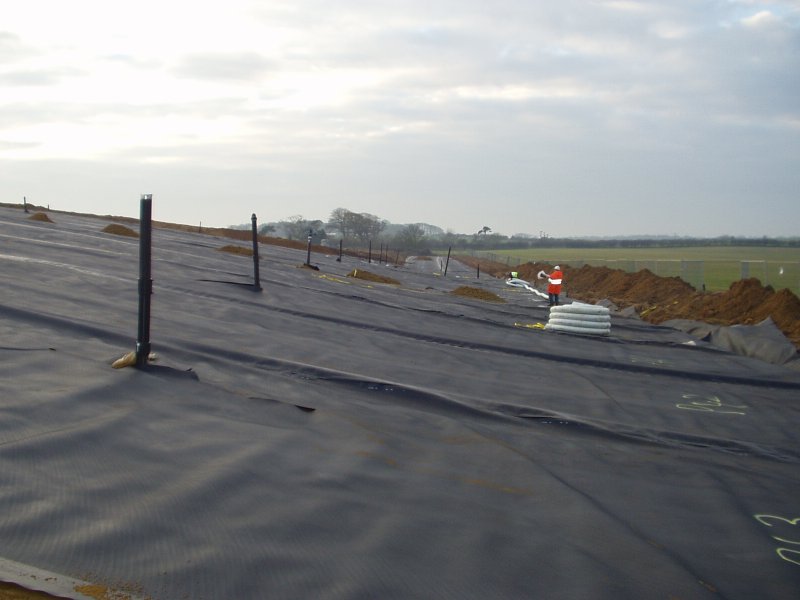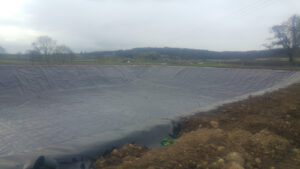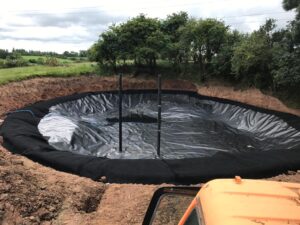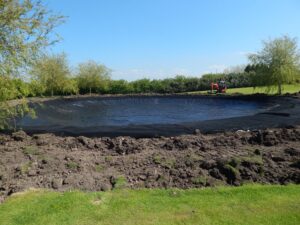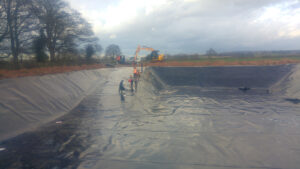Landfills for Fluid Catalytic Cracking (FCC) residues demand specific lining requirements to ensure environmental protection and safe waste containment. These landfills, designated for residues from petroleum refining processes, necessitate robust linings to prevent soil and water contamination.
Understanding FCC Landfills:
FCC residues from petroleum refineries, known for their complex chemical composition, require specialised containment measures due to their potential environmental impact. FCC landfills serve as designated sites for the safe disposal of these residues.
Lining Necessities:
Lining in FCC landfills is crucial to prevent leachate—a liquid formed by the percolation of water through waste—from contaminating the surrounding soil and groundwater. The primary objective is to create an impermeable barrier that effectively contains and isolates the hazardous residues.
Liner Selection:
The choice of liners for FCC landfills typically involves multiple layers to ensure optimal containment. Common liners include:
Composite Liners: Consisting of multiple layers such as geomembranes, geosynthetic clay liners (GCLs), and geotextiles, composite liners provide enhanced impermeability and resistance to chemical penetration.
HDPE Liners: High-density polyethylene (HDPE) liners offer excellent chemical resistance and durability, serving as effective barriers against leachate migration.
Construction and Installation:
Proper installation of liners in FCC landfills requires meticulous attention to detail and adherence to regulatory standards. This involves precise placement of liner materials, seam sealing, and quality control measures to ensure a continuous and secure barrier against leachate migration.
Leachate Collection Systems:
Complementing the liners, leachate collection systems are integrated into FCC landfills. These systems consist of pipes and drainage layers designed to collect and safely remove any leachate that may accumulate, preventing it from reaching surrounding soil or groundwater.
Regulatory Compliance:
FCC landfills must adhere to stringent regulations set by environmental agencies. Compliance ensures that the design, construction, and maintenance of the liners meet prescribed standards for environmental protection and waste containment.
Monitoring and Maintenance:
Regular monitoring and maintenance are vital to ensure the ongoing effectiveness of liners in FCC landfills. Routine inspections, integrity assessments, and prompt repairs or replacements of damaged liners uphold the containment integrity over time.
Environmental Protection:
The use of appropriate liners in FCC landfills is crucial for safeguarding ecosystems and preventing contamination of water sources. It aligns with environmental protection efforts, ensuring the safe disposal of hazardous residues without compromising surrounding environments.
Innovation and Advancements:
Ongoing research and technological advancements continually refine liner materials and installation techniques for FCC landfills. Innovations aim to improve containment efficiency, durability, and environmental compatibility of liners.
In conclusion, the meticulous selection, installation, and maintenance of liners are paramount in ensuring the effective containment of FCC residues within dedicated landfills. The emphasis on stringent lining requirements not only protects the environment but also upholds the integrity of these specialised facilities, contributing to responsible waste management practices within the petroleum refining industry.

